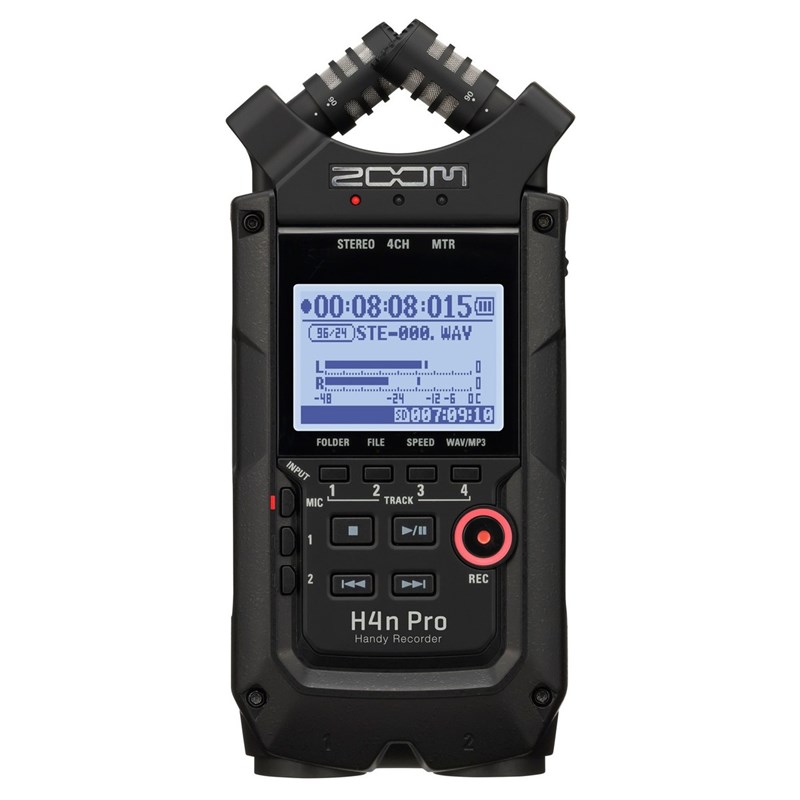Through my lifetime I feel like I’ve encountered so many transformative pieces of technology that it’s difficult to narrow it down and choose just one thing. Something that has had a big impact for me personally has been the digital camera. Digital cameras (not our current definition of ‘digital’) have existed since the 1970s, but my Fujifilm Finepix S3300 point and shoot is the one that springs to mind for me personally. Growing up, my family had used film cameras to capture our lives and we had photo albums full of prints from our developed films, as well as the negatives. My digital bridge camera was definitely a game changer for how I viewed the process of taking photos and opened up new possibilities.
I’d seen the images produced on film through my childhood; a bit grainy sometimes but usually ok. Blurry images when someone had moved, or those pesky blinks that seemingly ruined a photo. Knowing you’d need to wait until the next time you could drop off your film for developments (not always as soon as you’d like when you live in rural Yorkshire). Before my bridge camera I’d also been fortunate enough to own a flip camera phone so I’d had the ability to take photos digitally. You could take low-quality photos to your heart’s content until your limited phone memory told you that you couldn’t take any more. This bridge camera changed everything and actually kickstarted my love of photography.

For me, the things that set it aside seem very commonplace now. You could take as many photos as you liked – having a memory card with the option to take hundreds of photos compared to the limited number of shots on a roll of film, or even the limited memory space of my mobile phone was amazing. You could also review the photos (in reasonably good quality) as soon as you’d taken them – easy to spot if someone had blinked or moved out of place. I could easily download them from the memory card and edit instantly, print them as soon as I wanted, or store the digital files easily. I found that it changed the way that I viewed the world and I’d always be looking for something to take photos of.

Photographic equipment is naturally disposed for technological obsolescence as technology advances. Film cameras can be classed as technologically obsolete; as digital cameras (whether compacts, bridge, DSLR or even just phone cameras) became more accessible and the technology developed, sales of film cameras and rolls of film declined. This underpinned the decision of some companies to stop producing film such as Kodak’s popular Kodachrome, prompting a race to develop the rolls before it became impossible.
Digital cameras have superseded film cameras but film has certainly been making a comeback in popularity in recent years. After speaking to some friends that shoot on film I did actually buy myself a 35mm camera during lockdown and I’ve absolutely loved using it the last few months, it’s a real nostalgia trip. My trusty little bridge camera was ideal for a few years until I decided to upgrade for a more technical DSLR; it still functions but I can get a lot more technical scope and higher quality images with my upgrade. That’s the thing with technology; something bigger and better always comes along.
Unfortunately due to an unstable laptop and failure on my part to safely backup my files, I lost a lot of the photos I’d taken on this camera but I still have a couple stored on an external hard drive. They’re not technically brilliant photos but they’re valuable to me as personal records so I’ll be preserving them for myself. I still have the camera too as I couldn’t bear to let it go when I upgraded mine. It’s probably not worth preserving in itself but I can’t bear to let it go just yet so it sits in its case in my box of camera equipment.
If you want to learn more about the history of cameras, the resurgence of film photography in recent years and a bit more on the famous Kodachrome, check out some of the articles below.
Further Reading
Cerini, Marianna, Why Kodachrome was the Instagram of its time (2020) <https://edition.cnn.com/style/article/mid-century-memories-kodachrome/index.html> [accessed 27 October 2020].
Del, Jennifer, Has the Smartphone Made Digital Cameras Obsolete? (2018) <https://www.eeworldonline.com/has-the-smartphone-made-digital-cameras-obsolete/> [accessed 27 October 2020].
Ilford Photo, ILFORD PHOTO GLOBAL FILM USERS SURVEY, THE RESULTS ARE IN (2019) <https://www.ilfordphoto.com/ilford-photo-global-film-users-survey-the-results-are-in/> [accessed 27 October 2020].
Laurent, Olivier, This Is Why Film Photography Is Making a Comeback (2017) <https://time.com/4649188/film-photography-industry-comeback/> [accessed 27 October 2020].
Madison, James, Whether You Like It or Not, Film Is Having a Resurgence (2020) <https://fstoppers.com/film/whether-you-it-or-not-film-having-resurgence-445069> [accessed 27 October 2020].
Trenholm, Richard, Photos: The history of the digital camera (2007) <https://www.cnet.com/news/photos-the-history-of-the-digital-camera/> [accessed 27 October 2020].














